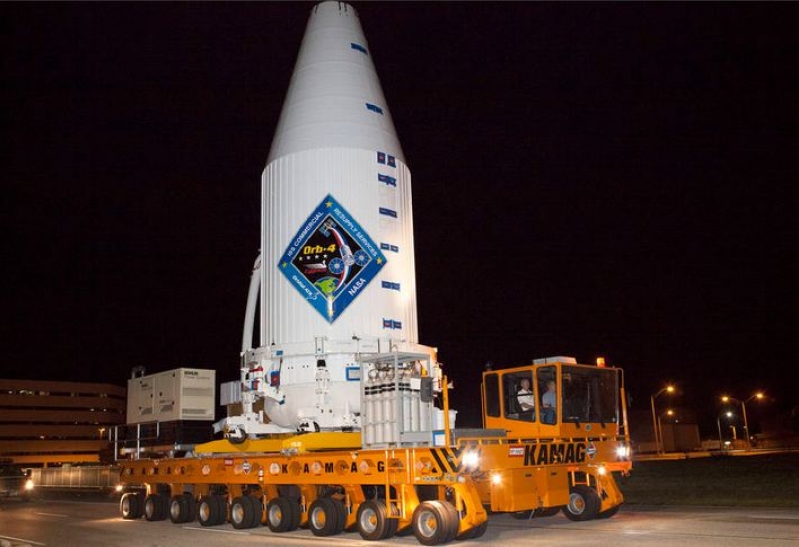
According to NASA blogs, Orbital ATK, NASA commercial partner, is launching its fourth contracted mission to the International Space Station today under the Commercial Resupply Services contract. At the Space Launch Complex 41, the shuttle was scheduled to be launched today at 5:55 p.m. EST. On Tuesday, NASA had a launch readiness review to determine the risks associated with the launch. The meeting included senior NASA, the U.S. Air Force, Orbital ATK and United Launch Alliance managers. They concluded that the Orbital ATK Cygnus spacecraft, United Launch Alliance Atlas V rocket, and the personnel were ready for launch.
The countdown for liftoff had already begun at this time of writing, and live coverage was broadcast at www.nasa.gov. NASA TV coverage started at 4:30 p.m. EST. The weather at Cape Canaveral, FL was not looking good, and there was talk of not being able to take off. There was a 30-minute launch window given- in which they have 4 chances to launch if the weather clears in time. The weather issue today was thick cloud layers and disturbed weather patterns. It was raining at the launch pad.
At 6:25 EST, Bill Cullen made the announcement that the launch had been scrubbed for 24 hours. Another attempt will be made for Friday, December 4th at a T-0 5:33 and 11 seconds p.m. There will be another 30 min. launch window at that time like there was today. Tomorrow has a 70% chance of not being able to lift off due to weather, also. NASA TV coverage will again start at 4:30 p.m.
There are no astronauts inside Cygnus. The spacecraft is simply a cargo carrier to bring 7,383 lbs of materials to the residents of the space station. These materials will be used to conduct research and operate the orbiting laboratory. There are also meaningful items to the astronauts, such as notes from home. Aside from being bigger than previous crafts, the Cygnus has had several improvements made- including improved avionics and lighter solar arrays that generate as much power as the ones before. Cygnus will fly by itself to the space station, and when it arrives, the astronauts aboard the space station will grab it with a robotic arm and pull it in to a port where they can unpack it.
The Cygnus spacecraft is named S.S. Deke Slayton as a tribute to the Mercury astronaut who pioneered commercial spaceflight missions after he retired from NASA. He was a decorated Air Force test pilot before he was picked as one of the original astronauts. He flew on the Apollo-Soyuz Test Project in 1975.
This launch includes another first- the Atlas V rocket will be lifting the Cygnus into orbit. The Atlas V rocket has never launched station-bound cargo before.
Astronaut Scott J. Kelly has been on a year long, record-setting mission on the Space Station, and the items sent will help him and other members aboard the space station continue their research- including solving problems that future crews may face as they prepare for a future journey to Mars.







